-

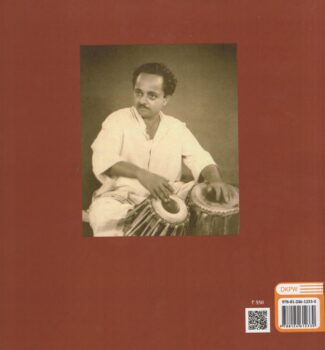
Professor Sudhir Kum...
Professor Sudhir Kumar Saxena Centenary Celebrations
by: Manjula Saxena₹495.00
ISBN: 9788124612330
Year Of Publication: 2023
Edition: 1st
Pages : vi, 60
Language : English
Binding : Hardcover
Publisher: D.K. Printworld Pvt. Ltd.
Size: 23
Weight: 275
Introduction
1. Uniqueness of the Tradition of Teaching Indian Classical Music Arising out of the Concept of “Kanthasth” Knowledge
2. The Principles and Aesthetic Aspects of Improvising and Creating Compositions in the Field of the Art of Tabla
3. A Journey from Ancient Tripuskar Vaadya to Modern Indian Percussion Instrument Tabla
4. Traditional Tabla Playing with Diverse Compositions
5. Philosophical Aesthetics and Indian Music

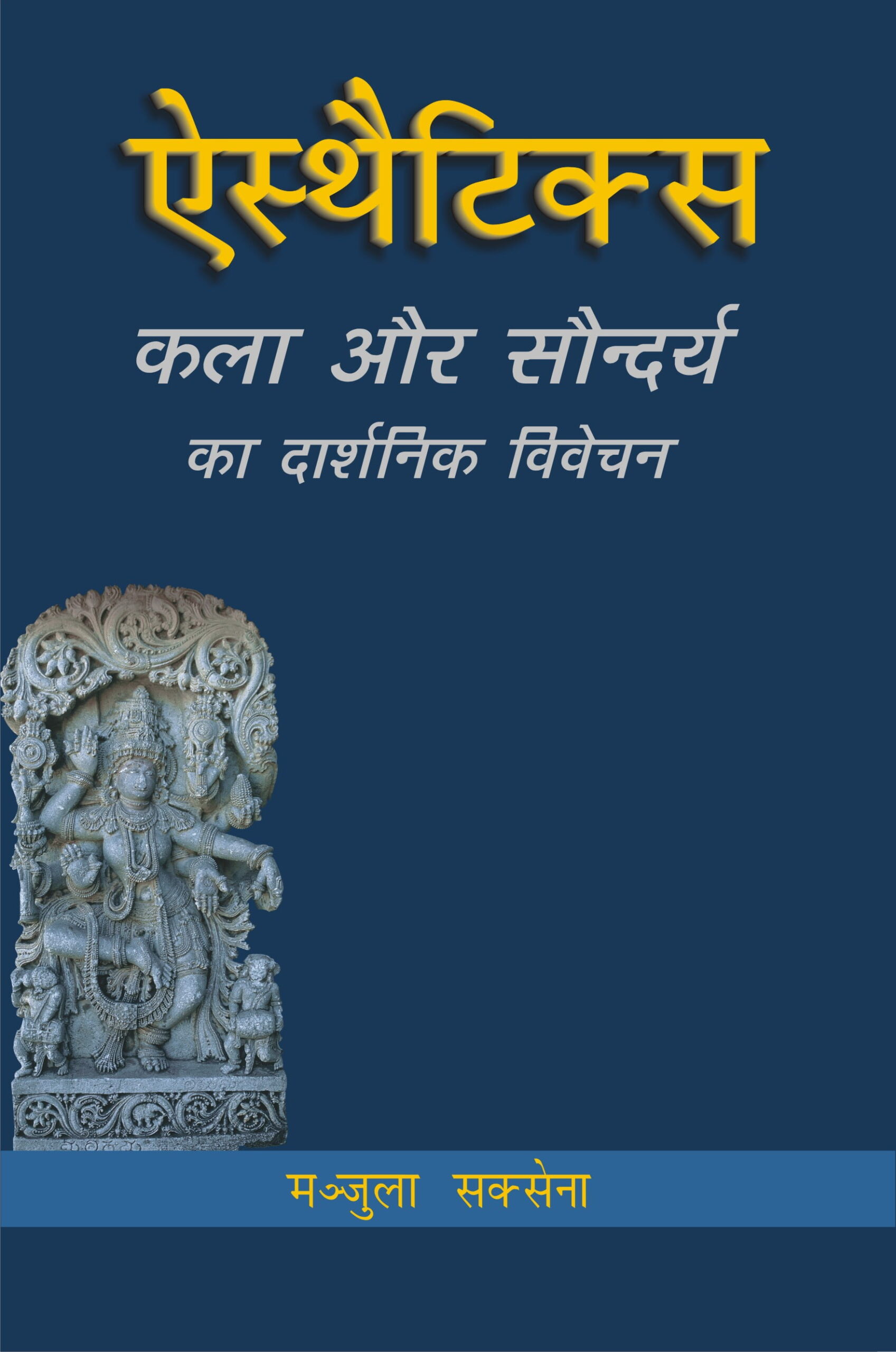

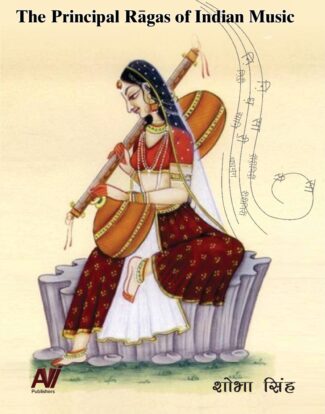
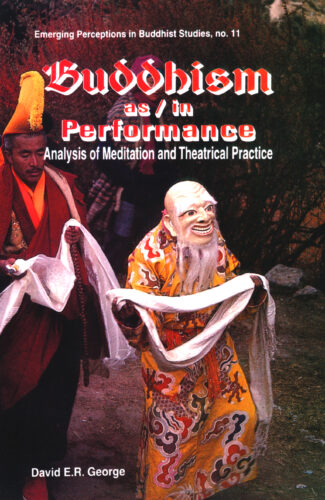
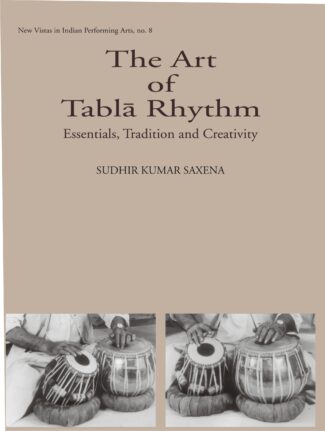
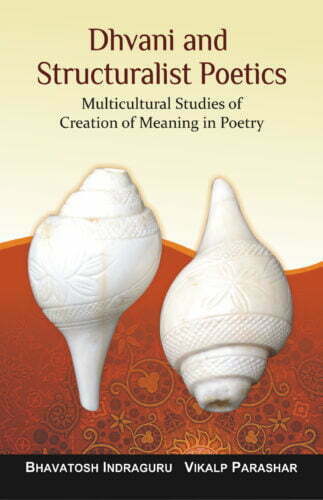
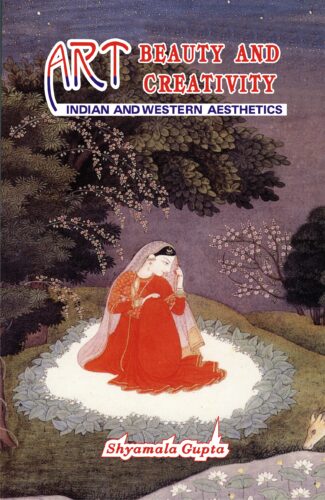
There are no reviews yet.